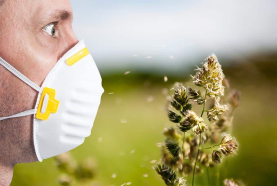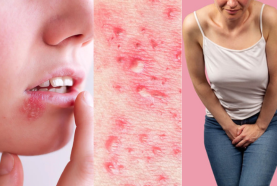What is Vaginal Yeast Infection
A vaginal yeast infection is a common fungal infection caused by the overgrowth of Candida yeast in the vagina. It is also known as candidiasis.
Common Clinical Presentation
-
Intense itching and irritation in the vagina and vulva
-
Thick, white, odorless vaginal discharge resembling cottage cheese
-
Redness and swelling of the vulva
-
Pain or burning during urination or intercourse
-
Soreness or rash around the vaginal area
Antifungal Medications
Over-the-counter antifungal creams, ointments, tablets, or suppositories (e.g., miconazole, clotrimazole).
Prescription antifungal medications for more severe cases (e.g., fluconazole).
Good Hygiene
Keep the vaginal area clean and dry.
Avoid douching and using scented products in the genital area.
Comfort Measures
Wear loose, breathable cotton underwear.
Avoid tight clothing that can create a moist environment.
Healthy Habits
Maintain good genital hygiene and change out of wet clothing promptly.
Diet
Consider eating yogurt or taking probiotics to maintain a healthy balance of bacteria and yeast.
Avoid Irritants
Steer clear of irritants such as scented tampons, pads, and harsh soaps.
You should know
If symptoms persist or recur frequently, seek medical attention to ensure proper diagnosis and treatment.
Checkout Information
Get virtual care from a licensed clinician quickly —no appointment or insurance necessary.
One Time Purchase: $49.00
Answer a few health questions and our healthcare providers will review them within 2hrs with recommendations and prescription. Our consultation process is fast and straightforward.
Pick up any prescribed medication at a pharmacy of your choice.
Other Treatments

Allergic Rhinitis (Seasonal Allergy)
Allergic reaction causing sneezing, runny nose, and itchy eyes.

Genital Herpes
A sexually transmitted infection caused by herpes simplex virus, leading to genital sores.

Anxiety
Mental health disorder causing excessive worry, nervousness, and fear.
